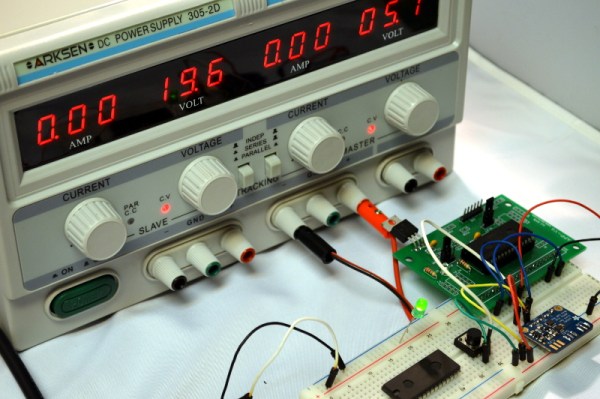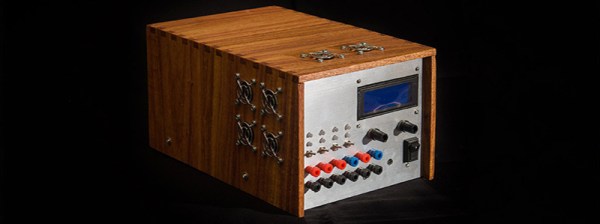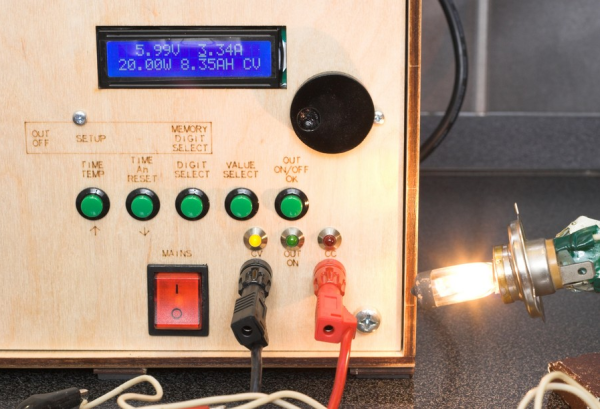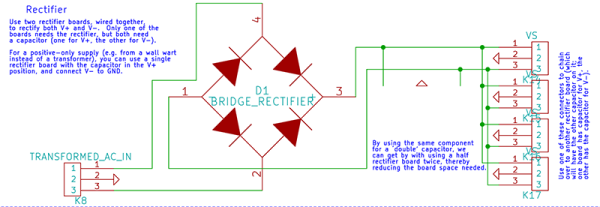I recently picked up an Arksen dual power supply. You’ve seen these before, I’m sure, under a variety of names in places ranging from electronics stores to eBay. They look amazing for the price, and while I didn’t expect it to measure up to some of the pro supplies I have, I just wanted something to stick under my desk instead of having to move things to the bench or–worse–drag a heavy power supply over to my desk.
When I was putting together the sonic motion sensor, I found that the HC-SR04 module needed more current than I could draw out of an Arduino Leonardo. I figured this would be a good chance to use the new supply in anger. It seemed to work without too many problems. But there were a few things you might want to know if you have a similar supply or are thinking about getting a similar one.
Continue reading “Looking Inside The Arksen Dual Power Supply”























